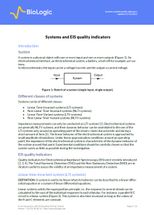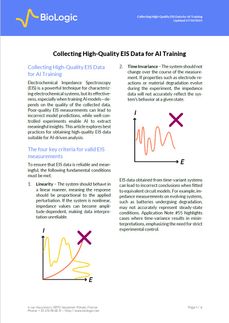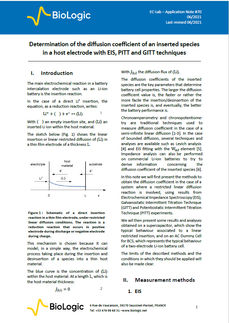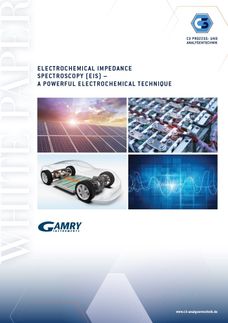Systems and EIS Quality Indicators

Classifying Systems and Detecting Errors – With EIS Quality Indicators
Electrochemical systems are often nonlinear and time-variant—conditions that can distort impedance measurements. This white paper introduces two quantitative quality indicators: Total Harmonic Distortion (THD) and Non-Stationary Distortion (NSD). These metrics help determine whether a system is suitable for EIS and identify errors caused by nonlinearity or transient behavior. Through simulations and examples, the paper illustrates how THD and NSD behave across system types— depending on their linearity and stationarity simultaneously. These indicators provide an objective way to assess measurement quality and support the interpretation of complex electrochemical processes. Ideal for researchers seeking reliable EIS data analysis and documentation.
Download white paper now

Systems and EIS Quality Indicators
Classifying Systems and Detecting Errors – With EIS Quality Indicators
Advertisement
White Paper classification
White papers on related topics
Products on related topics
Manufacturers of similar products
Webinars on related topics
See the theme worlds for related content
Topic World Spectroscopy
Investigation with spectroscopy gives us unique insights into the composition and structure of materials. From UV-Vis spectroscopy to infrared and Raman spectroscopy to fluorescence and atomic absorption spectroscopy, spectroscopy offers us a wide range of analytical techniques to precisely characterize substances. Immerse yourself in the fascinating world of spectroscopy!

Topic World Spectroscopy
Investigation with spectroscopy gives us unique insights into the composition and structure of materials. From UV-Vis spectroscopy to infrared and Raman spectroscopy to fluorescence and atomic absorption spectroscopy, spectroscopy offers us a wide range of analytical techniques to precisely characterize substances. Immerse yourself in the fascinating world of spectroscopy!











